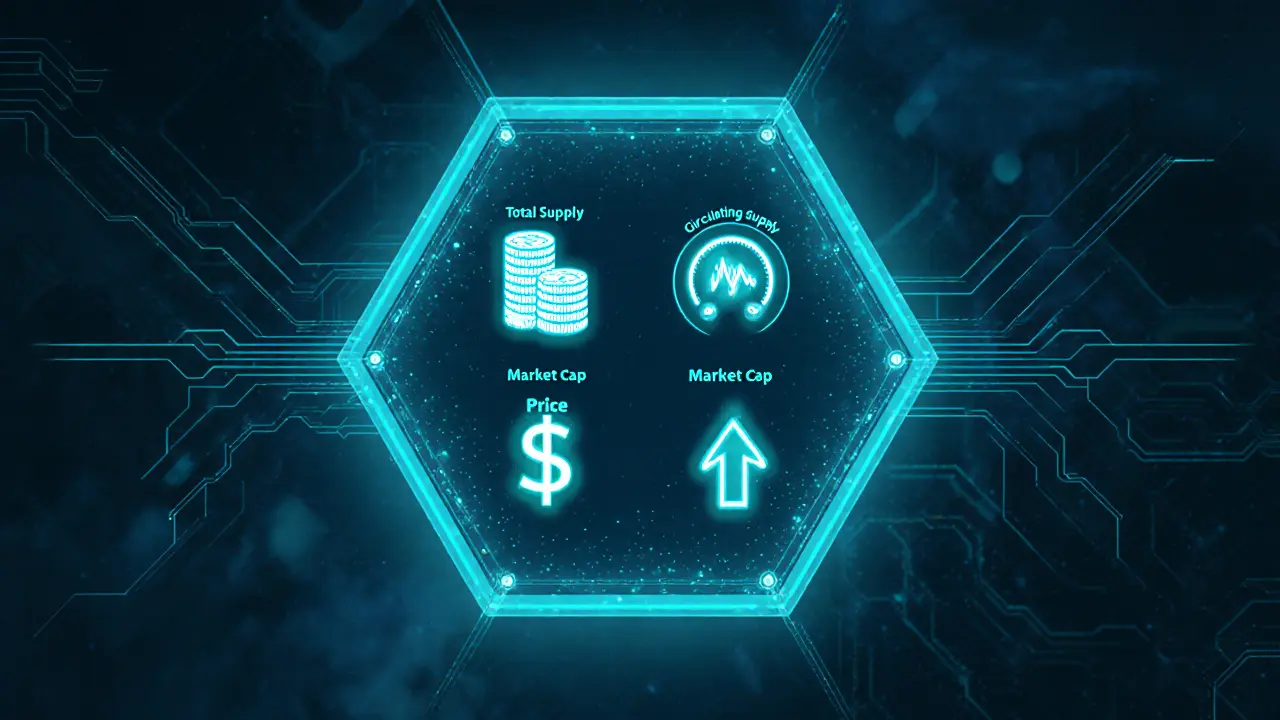Project SEED: Your Gateway to Crypto Projects and Compliance
When you hear about Project SEED, a framework that bundles token analysis, regulatory guidance, and market tools into one easy‑to‑follow package. Also known as Seed Project, it helps anyone from a beginner to a seasoned trader understand what moves a crypto venture from idea to launch.
One of the biggest hurdles any new token faces is crypto licensing, the set of federal and state permits required to operate legally in the United States and abroad. Project SEED breaks down the licensing maze by showing which permits apply to money‑service‑business registration, BitLicense, or state‑level money transmitter licenses. Knowing the exact cost, timeline, and documentation needed means you can plan a launch without nasty surprise fees.
Beyond licensing, a thriving token needs a solid tokenomics model. While we don’t mark tokenomics here, the guide walks you through supply distribution, vesting schedules, and fee structures so you can judge whether a coin’s economics are sustainable. This insight is essential when you compare high‑risk micro‑caps like PREME or SafeMars with more established assets.
To test a new idea without committing full capital, many projects join a regulatory sandbox, a controlled environment where innovators can experiment under a regulator’s watchful eye. Project SEED explains how sandboxes in the EU, Singapore, and the U.S. differ, what documentation they demand, and how graduating from a sandbox can fast‑track a token’s official launch. In short, sandbox participation often reduces compliance risk and builds credibility with investors.
Every token needs a home to trade, and that’s where a crypto exchange, a platform that matches buyers and sellers, provides liquidity, and enforces security standards comes in. Project SEED compares exchange models—from centralized hubs like Koinde to decentralized DEXs such as Zyberswap v3—highlighting fees, KYC requirements, and token listing processes. Understanding these nuances helps you choose the right venue for your token’s debut.
If you’re looking for extra buzz, an airdrop, a distribution of free tokens to a target community, can jump‑start user acquisition and market awareness. Project SEED outlines how to design a fair airdrop, avoid regulatory traps, and track token performance post‑distribution. Real‑world examples like BonusCake and FIWA show what works and what can backfire.
Behind every headline is the underlying blockchain infrastructure—mining difficulty, hash rate, and network security. While Project SEED doesn’t dive deep into hashing algorithms, it reminds you that a token’s long‑term health depends on a resilient backbone. Keeping an eye on difficulty adjustments can signal changes in miner behavior that affect transaction speed and fees.
All these pieces—licensing, sandboxes, exchanges, airdrops, and the tech they run on—come together in the articles below. You’ll find step‑by‑step guides, real‑world case studies, and actionable checklists to help you move from concept to compliant, market‑ready crypto project. Dive in and start building with confidence.

SHILL Token Airdrop Details and Project SEED Overview
Mar 14, 2025, Posted by Ronan Caverly
Explore SHILL Token's in‑game airdrop mechanics, tokenomics, utility, price outlook, and how to start earning within the Project SEED ecosystem.
MORESEARCH HERE
Categories
TAGS
- decentralized exchange
- crypto exchange review
- cryptocurrency
- crypto coin
- CoinMarketCap airdrop
- smart contracts
- tokenomics
- cryptocurrency exchange safety
- crypto exchange
- cryptocurrency airdrop
- crypto airdrop
- cryptocurrency exchange
- crypto airdrop guide
- blockchain token distribution
- DeFi
- crypto exchange scam
- crypto airdrop 2025
- Ethereum
- cross-chain interoperability
- ERC-20
